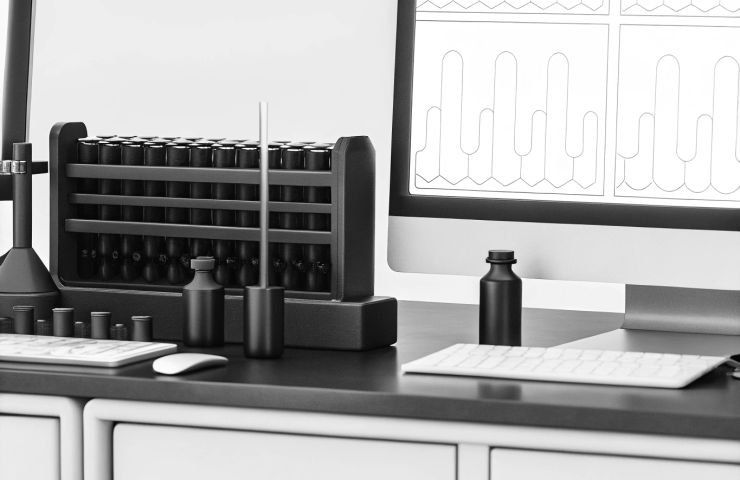
Fuel Cell Technology Gets a Cooling Upgrade with Hybrid Nanofluids and Machine Learning
July 28, 2025New research out of Huazhong University of Science and Technology is shaking things up in the world of hydrogen fuel cells, taking on one of the hardest nuts to crack—thermal management. The team’s solution? Innovative hybrid nanofluids made with aluminum oxide (Al₂O₃) and reduced graphene oxide (rGO) nanoparticles, suspended in water-ethylene glycol blends. It’s all about finding the sweet spot between thermal conductivity and viscosity to make Proton Exchange Membrane Fuel Cells (PEMFCs) run cooler and more efficiently.
Machine learning meets materials science
To figure out what really makes these nanofluids tick, the researchers didn’t just rely on traditional trial and error—they brought in machine learning. Using tools like XGBoost and SHAP, they zeroed in on the key players: temperature, how much of the nanoparticles were used, and the ratio of water to glycol in the base fluid. Turns out, water-rich blends are champs at transferring heat, but they also thin out the fluid, which comes with its own set of trade-offs.
More viscous mixtures, on the other hand, gave better thermal stability but asked for more energy to pump through the system. It’s a fine balance, and getting it right could be a gamechanger for fuel cell technology.
Verified insights, real-world potential
This isn’t just theory. The findings are backed up by peer-reviewed research and rigorous lab testing. With solid data and transparent AI models steering the way, these insights are more likely to make it off the page and into real systems. We’re talking smarter cooling strategies not just for vehicles, but also for industrial uses—paving the way for wider adoption of hydrogen fuel cells in our day-to-day energy mix.
Thanks to verified materials sourced from Sigma Aldrich, the work is built on reliable foundations and points to some serious momentum toward better sustainable energy infrastructure. If thermal issues have been holding fuel cells back, this might just be the breakthrough we’ve been waiting for.



 With over 15 years of reporting hydrogen news, we are your premier source for the latest updates and insights in hydrogen and renewable energy.
With over 15 years of reporting hydrogen news, we are your premier source for the latest updates and insights in hydrogen and renewable energy.